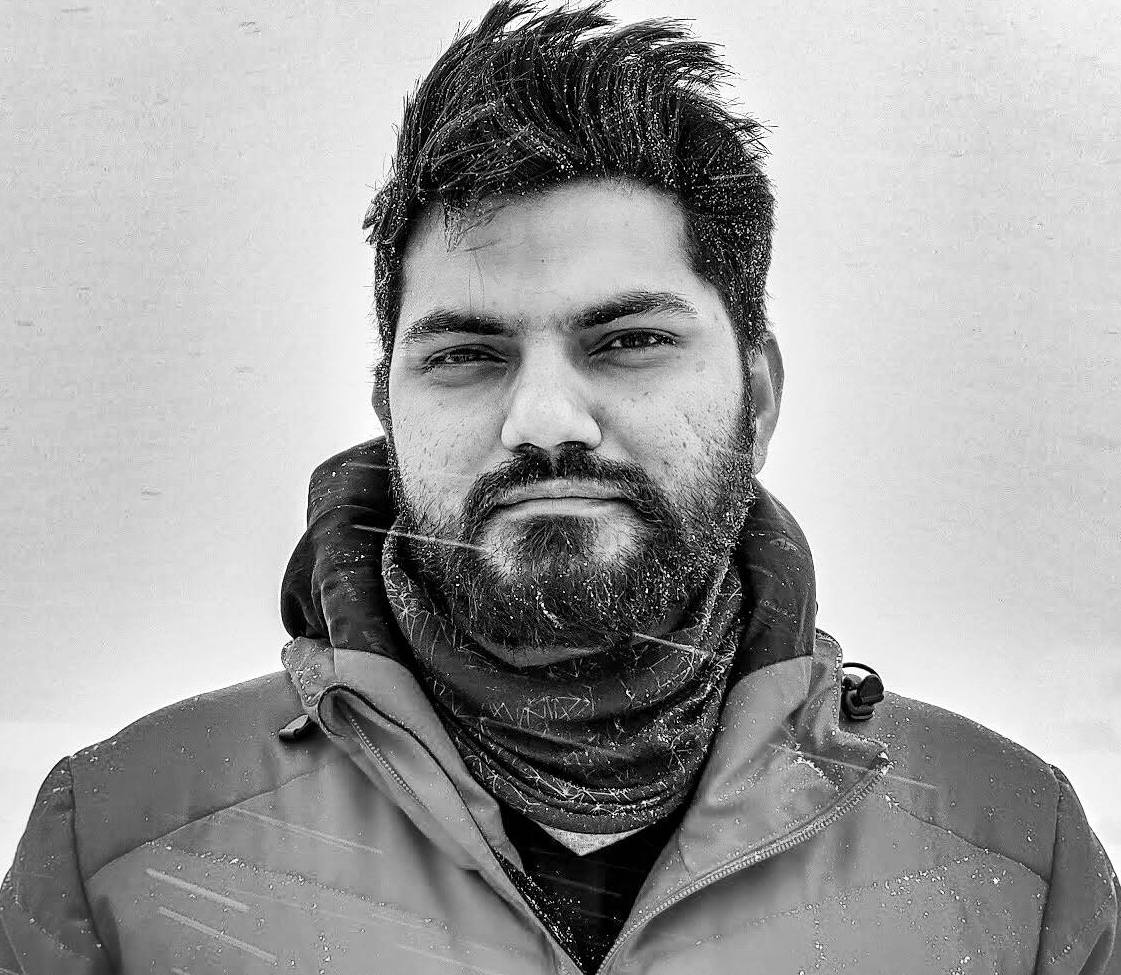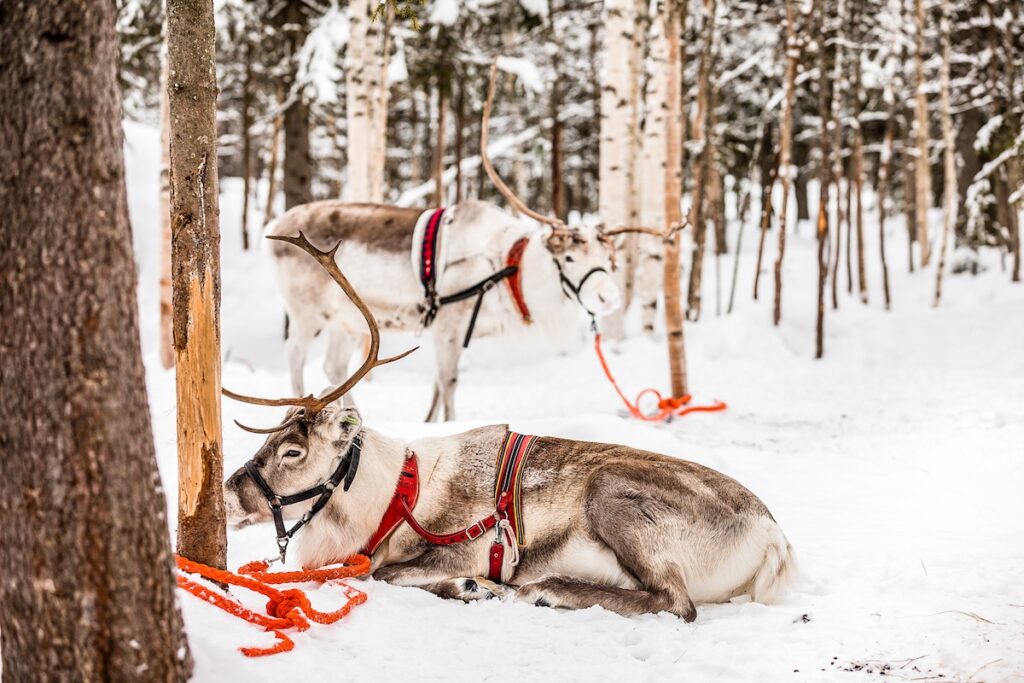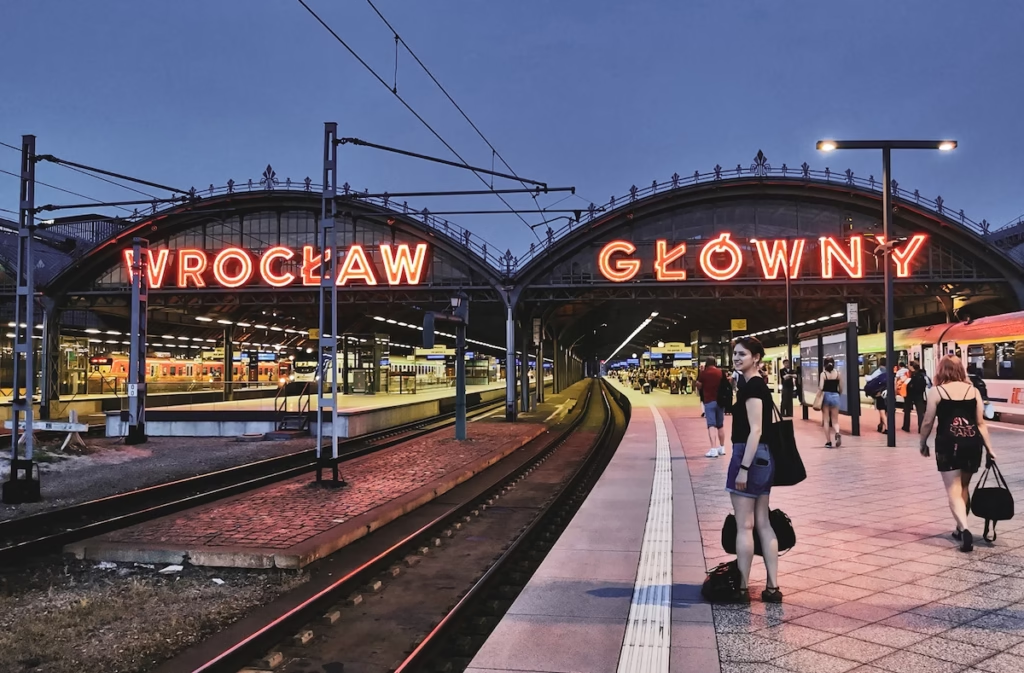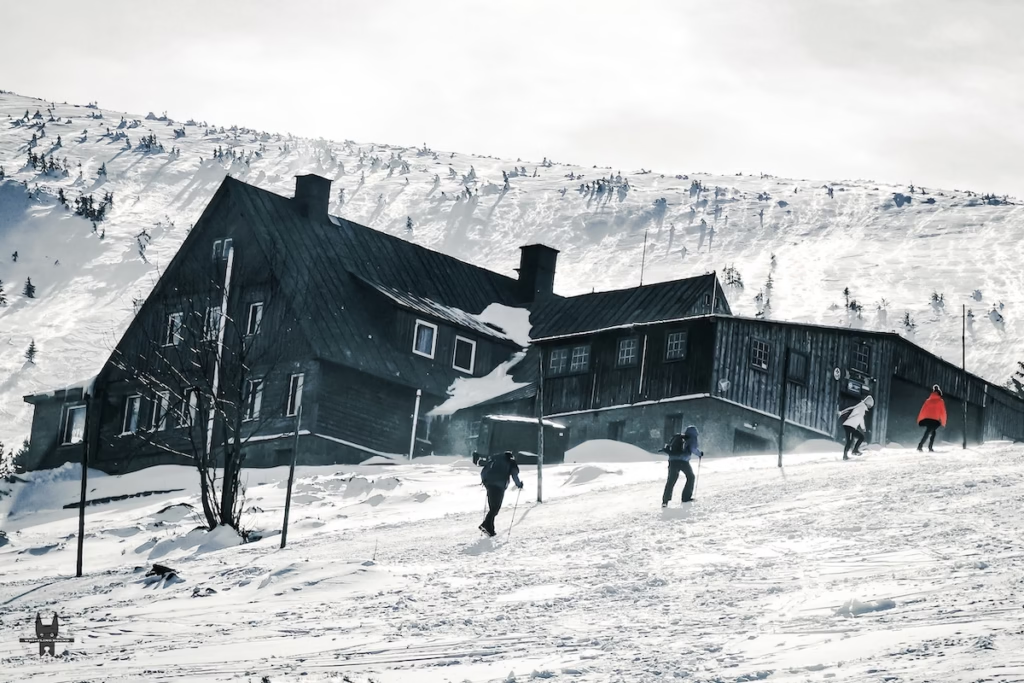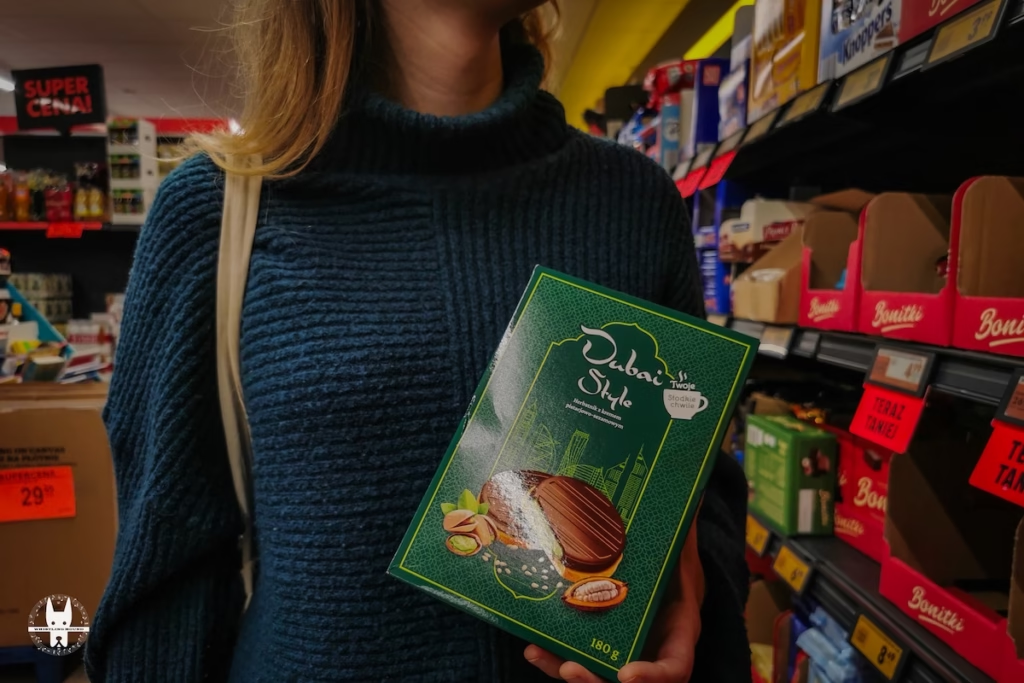The Arctic Circle holds a timeless allure with its vast, snowy landscapes and vibrant Indigenous cultures. Yet, beneath this pristine facade, a crisis unfolds. Lapland, a region spanning northern Finland, Sweden, Norway, and Russia, faces the stark reality of the Lapland climate crisis. I’ve walked the frozen shores of Lake Inari, where dark birch and pine trees frame a white expanse, and felt the Arctic’s magic. But the record-breaking 32 degrees Celsius heat in Rovaniemi in July 2018 signals a troubling shift. This crisis is not a distant threat; it’s happening now, reshaping ecosystems, cultures, and traditions.
From the Sami people’s struggles to the future of winter tourism, this guide explores the Arctic Circle warming and what it means for this fragile region. Let’s uncover the impacts and how we can travel responsibly to preserve Lapland’s unique beauty.
Why the Lapland Climate Crisis Matters
The Arctic is warming at four times the global rate, according to NOAA’s 2024 Arctic Report Card. In Lapland, temperatures have risen by 2.3 degrees Celsius since the post-industrial period, as reported by WWF Arctic. This rapid warming disrupts the delicate balance of the region’s ecosystems, affecting everything from wildlife to human livelihoods. For travellers, Lapland’s appeal, with its snowy winters and Northern Lights, is at risk. For locals, including the Indigenous Sami, the stakes are even higher. Understanding the Lapland climate crisis is crucial for anyone who cherishes this untamed frontier.

The Impact on Lapland’s Ecosystems
Rising temperatures bring profound changes to Lapland’s natural world. Sea ice, a cornerstone of Arctic ecosystems, is shrinking by 13 per cent per decade, according to WWF Arctic. This loss disrupts marine food chains, affecting species like seals and polar bears that depend on ice for hunting and breeding. On land, the tundra is shifting from a carbon sink to a carbon source, releasing greenhouse gases as permafrost thaws, according to NOAA’s 2024 findings. Wildfires, once rare in the Arctic, are increasing in frequency, with 2024 marking a record year for fire activity. These changes ripple globally, accelerating climate feedback loops that impact us all.
The Sami People: A Culture Under Pressure
The Sami, Indigenous to Lapland, have thrived in the Arctic for millennia, relying on reindeer herding as a cultural and economic lifeline. But the Lapland climate crisis threatens this way of life. Shorter winters and unpredictable snow patterns make it harder for reindeer to access lichen, their primary food source, often trapped under icy layers after rain-on-snow events. WWF Arctic notes that these conditions force Sami herders to adapt, sometimes supplementing feed or relocating herds, which strains their traditions and finances. I’ve spoken with Sami guides who shared how warmer temperatures disrupt migration routes, a reminder of the deep cultural toll of Arctic Circle warming.
Wildlife in Crisis: Adapting to a Changing Arctic
Lapland’s wildlife faces its challenges. Reindeer, vital to the Sami and the ecosystem, struggle with food scarcity and habitat changes. Arctic foxes, once abundant, compete with red foxes moving north as temperatures rise, per WWF Arctic. Migratory birds, such as the Arctic tern, arrive to find nesting grounds altered by early snowmelt. These shifts highlight the interconnectedness of Lapland’s ecosystems, where a single degree of warming can ripple across species, threatening biodiversity in this fragile region.

Tourism at a Crossroads: The Future of Lapland’s Winter Magic
Lapland’s tourism industry, built on winter activities like husky sledging, snowmobiling, and Northern Lights viewing, is feeling the heat of the Lapland climate crisis. Less reliable snowfall shortens the season for these activities, with some operators reporting a 20 per cent decline in snow cover over the past decade. The Northern Lights, while still visible, face increased cloud cover from shifting weather patterns, reducing viewing opportunities. For travellers, this means planning visits earlier in the season, typically November to January, to experience Lapland’s winter charm. Yet, the region’s appeal endures, with its vast forests and frozen lakes offering a rare glimpse of Arctic beauty.
Sustainable Travel: How to Visit Lapland Responsibly
Travellers can play a role in preserving Lapland’s future. Choose eco-friendly operators who prioritise low-impact activities, such as cross-country skiing over snowmobiling. Offset your carbon footprint by supporting programs like those offered by WWF Arctic. Stay in locally owned accommodations to support the community, and respect wildlife by keeping a safe distance. I’ve found that small actions, like packing reusable water bottles and avoiding single-use plastics, make a difference in reducing waste in this pristine region.
Recent Developments
Recent data underscores the urgency of the Lapland climate change. NOAA’s 2024 Arctic Report Card reveals that the tundra’s shift to a carbon source is accelerating global warming. Meanwhile, WWF Arctic reports a surge in adaptation efforts, with Sami communities collaborating on sustainable herding practices to cope with changing conditions. These updates highlight the ongoing battle to protect Lapland’s ecosystems and cultures.
Explore Lapland with Whistling Hound Sustainable Tours
Though I am Poland-based, my passion and experience in the Arctic motivates me to organise sustainable Lapland tours through Whistling Hound. My main focus remains on cultural immersion and environmental care. Want to experience Lapland while supporting its preservation? Book sustainable Lapland tours with me to explore this stunning region responsibly. I also offer tours across Poland, blending local insights with global destinations. Contact WhistlingHound today to plan your Arctic adventure.
FAQs: Your Guide to the Lapland Climate Crisis
What is the impact of the Lapland climate crisis?
The Lapland climate crisis brings rising temperatures, shrinking sea ice, thawing permafrost, and more wildfires, affecting ecosystems, wildlife, and Sami culture.
How does Arctic warming affect reindeer herding?
Warmer temperatures create icy snow layers, making it harder for reindeer to access lichen. Sami herders adapt by supplementing feed or relocating herds.
How is the Lapland climate crisis affecting tourism?
Less reliable snowfall shortens the season for husky sledging and snowmobiling, while increased cloud cover impacts Northern Lights viewing.
What is sustainable travel in Lapland?
Sustainable travel in Lapland involves low-impact activities, supporting local businesses, and offsetting your carbon footprint to preserve the region.
How can I book a sustainable tour to Lapland?
Book sustainable Lapland tours with WhistlingHound for an eco-friendly Arctic experience. Contact us to explore Lapland responsibly.
A Call to Protect Lapland’s Arctic Soul
Lapland’s Arctic soul, with its frozen lakes and vibrant cultures, is under threat from the Lapland climate crisis. The Sami people, wildlife, and tourism industry all face a future shaped by warming temperatures and shifting ecosystems. Yet, there’s hope in action. By travelling responsibly and advocating for climate solutions, we can help preserve this fragile region. The Arctic Circle’s beauty is worth protecting, and every step counts. Ready to explore Lapland sustainably? Book sustainable Lapland tours with WhistlingHound. Let’s work together to keep Lapland’s magic alive for generations to come.
Share this:
- Click to share on Facebook (Opens in new window) Facebook
- Click to share on LinkedIn (Opens in new window) LinkedIn
- Click to share on Reddit (Opens in new window) Reddit
- Click to share on X (Opens in new window) X
- Click to share on WhatsApp (Opens in new window) WhatsApp
- Click to email a link to a friend (Opens in new window) Email

